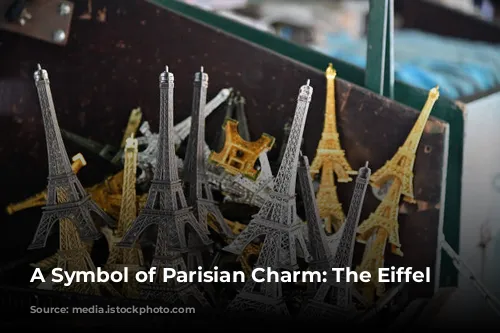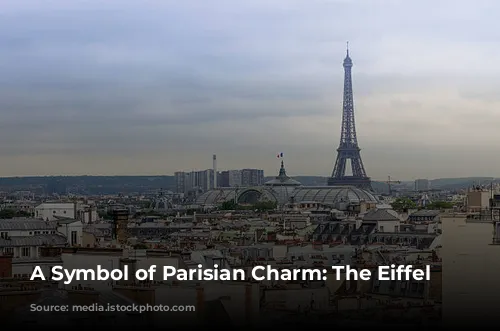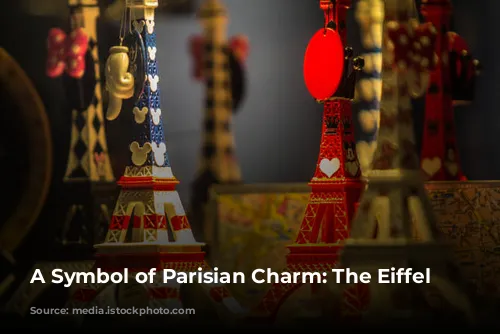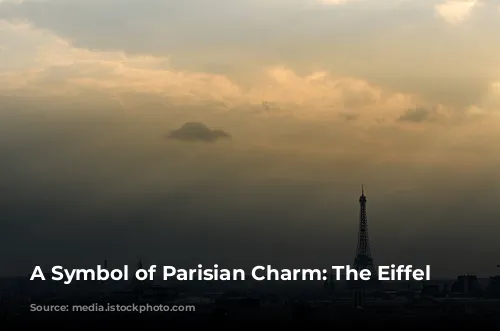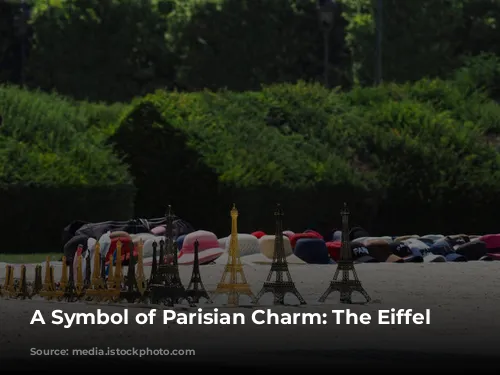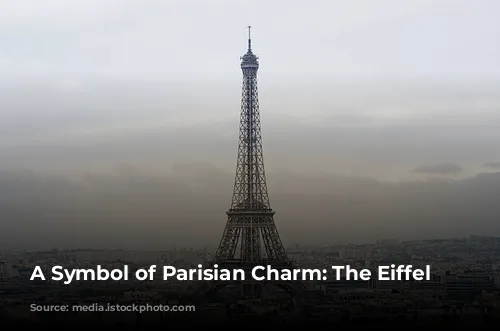The Eiffel Tower, a towering marvel of engineering and a beloved Parisian landmark, stands as a testament to human ingenuity. But what prompted its construction?
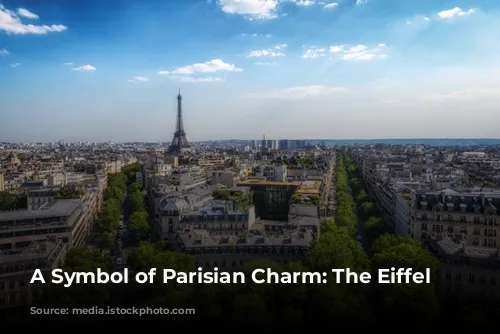
A Monument for a Centennial
In 1889, France was celebrating the 100th anniversary of the French Revolution. To mark this historic occasion, the government organized the International Exposition of 1889, a grand celebration of innovation and progress. To make this event truly memorable, a competition was held to design a stunning monument that would serve as the entrance gateway to the exposition.
Over 100 proposals poured in, but the Centennial Committee ultimately chose the design of Gustave Eiffel, a renowned bridge engineer. Eiffel’s innovative design, combining his expertise in metalwork with an artistic flair, stood out from the rest.
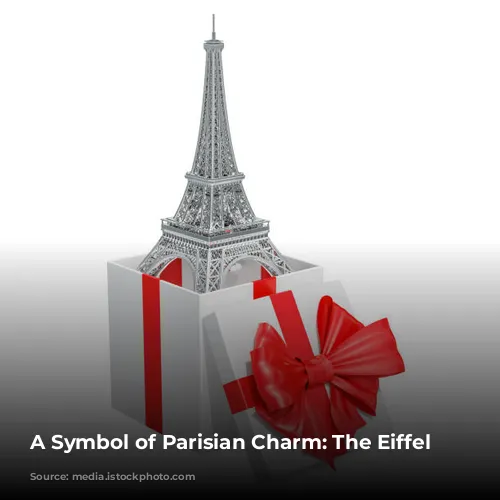
A Legacy of French Ingenuity
When the Eiffel Tower was completed, it became the centerpiece of the exposition, showcasing French engineering excellence to the world. But its significance goes beyond its role as an entrance gateway. It embodies French industrial ingenuity and remains a symbol of Paris’s unique character. Today, the Eiffel Tower stands as a beacon of Parisian charm, its lights twinkling to commemorate global events and captivate the hearts of visitors.
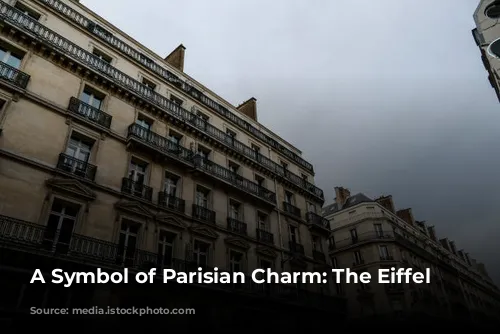
The Marvel of Wrought Iron
The Eiffel Tower is a testament to the strength and beauty of wrought iron, the material that forms its intricate framework. Eiffel’s understanding of metal’s behavior allowed him to create a structure that is both light and airy yet incredibly strong. The open-lattice design, a revolutionary concept in architecture at the time, paved the way for a new era of structural engineering.
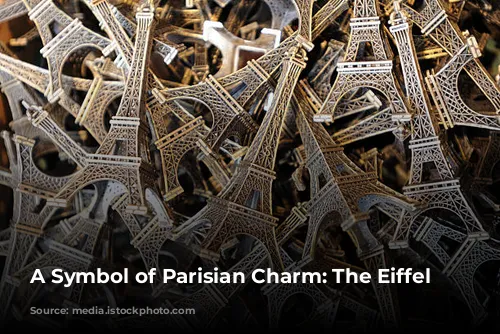
A Parisian Icon on the Champs de Mars
The Eiffel Tower graces the Champs de Mars, a sprawling green space in Paris’s 7th arrondissement. Located on the “Left Bank,” this historic district is renowned for its cultural attractions, including the Musée d’Orsay and the Rodin Museum. The tower’s presence further elevates this vibrant area, offering visitors stunning views of the city and the iconic Seine River.
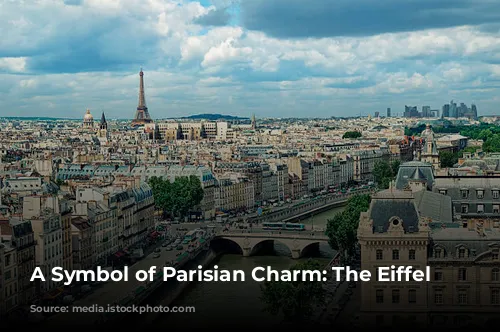
A Sparkling Symphony
Every night, the Eiffel Tower transforms into a glittering spectacle. For five minutes every hour, starting precisely at the hour mark, the tower bursts into a dazzling display of light, captivating the city with its sparkling symphony. This mesmerizing illumination, first introduced in 1985, is a modern-day tribute to the tower’s original gaslight illumination, a feature that graced the exposition in 1889.
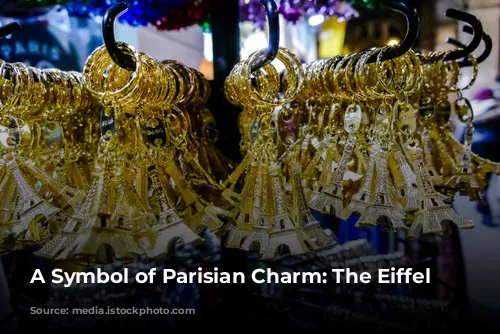
A Symbol of Timeless Wonder
The Eiffel Tower is more than just a structure; it’s a symbol of Paris’s enduring charm, a testament to human ingenuity, and a timeless beacon of wonder. It continues to draw millions of visitors from around the world, reminding us of the power of creativity and the beauty of architectural innovation.
